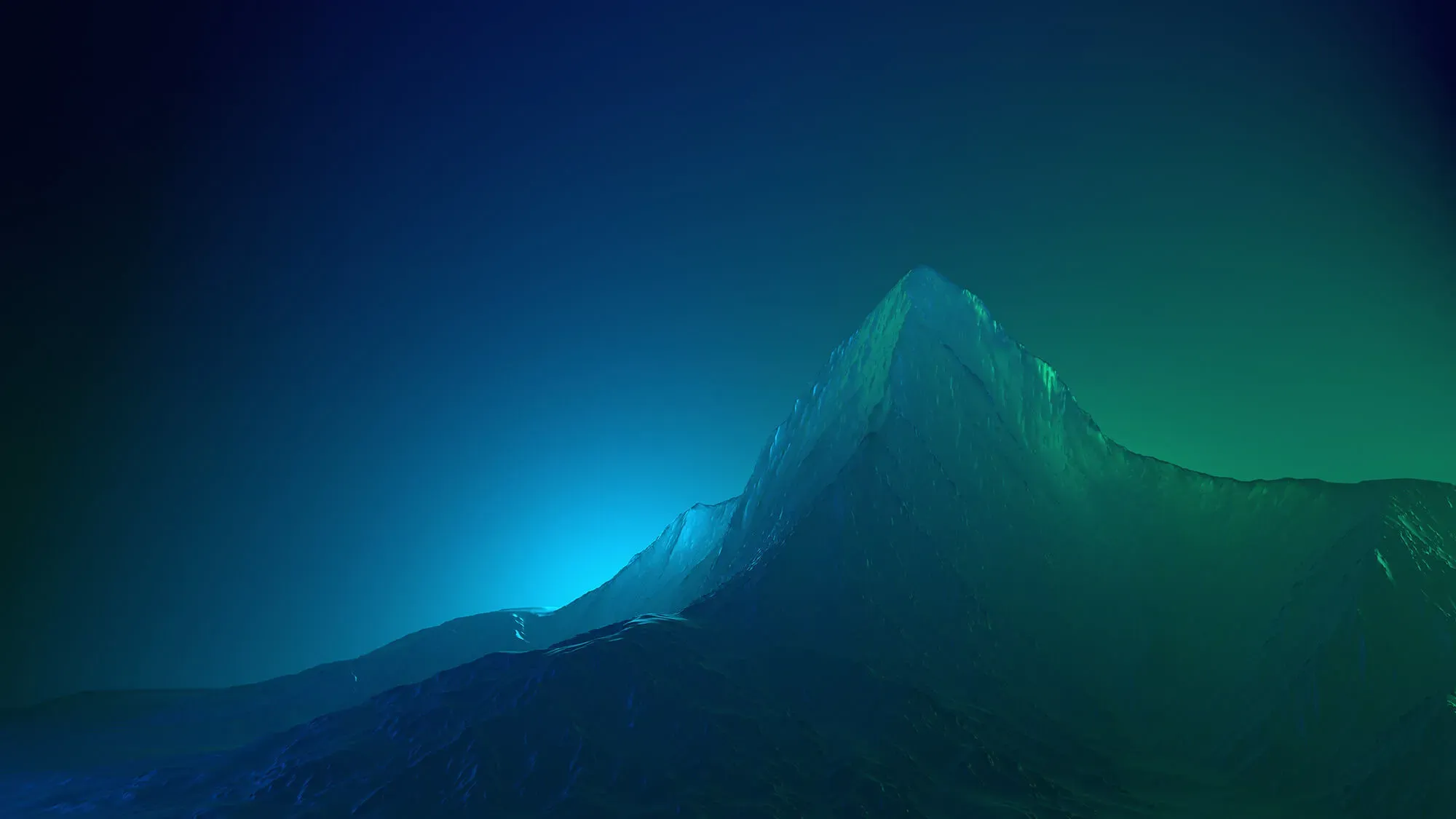Optimized Sample Prep Results in Optimal Structures
Developments in electron microscopes and the ability to gather high resolution protein structural data have been coupled with advancements in sample preparation techniques. These techniques can help address the perceived inefficiencies of sample preparation, potentially overcoming the historical bottlenecks associated with the sample itself, sample distribution, preferred orientation, and poor reproducibility of the grid-making process within and between batches.
Enhanced sample preparation methods require continuous and focused:
- Assessment of sample suitability and stability for cryo-EM
Including Negative Stain analyses to assess sample quality - Optimization of a sample and grid for electron microscopy
NanoImaging Services is at the forefront of the developments in sample preparation. We offer cutting edge services that enable our clients to optimize the output of their cryo-EM studies.


Protein Purification
Some samples may not tolerate freeze/thaw cycles, or must be stabilized with buffer additives that are incompatible with EM (glycerol, sorbitol, and DMSO). The NIS-East site has a microvolume AKTA Go equipped with Superose 6, Sephadex 200, and desalting columns. These can be used for buffer exchange and removal of soluble aggregates from samples before proceeding to grid preparation. (Note that this service must be requested in advance, and roughly twice as much protein and 50 mL of buffer should be shipped for samples to be run over Superose 6 or Sephadex 200.)

Grid Substrates
Based on NIS’s accumulated experience with cryo-EM grids, we are innovation leaders in deploying grid variations to help solve some of the most significant sample challenges. For example, we often use continuous support grids to optimize the distribution and orientation of difficult samples; we routinely prepare continuous carbon grids and have developed a reliable method for the preparation of graphene oxide grids, which are ideal for biological macromolecules because of their hydrophilicity and minimal background in cryo-EM imaging.


Sample Vitrification and Plunge Freezing
At NIS we have accumulated decades of experience and established reliable standard operating procedures for both Vitrobot and manual plunging devices. We routinely vitrify soluble proteins, membrane proteins stabilized by detergents, nanodiscs and amphipols, lipid nanoparticles, and formulations such as creams, gels, and emulsions. The Thermo Fisher Scientific Vitrobot and ancillary equipment are available at all of our lab locations.

Vitrification using Chameleon
The Chameleon vitrification method, developed by the founders of NIS, uses a piezo dispensing tip to spray a stream of ~50 pL droplets onto a self-wicking nanowire grid. Physical blotting is eliminated, sample waste and exposure time at the air-water interface are drastically reduced and the use of high-speed cameras allows fine control over a more uniform sample layer thickness.

Explore our Labs and Instrument Infrastructure
We are constantly acquiring new technologies for both our East and West Coast labs to remain at the forefront of the field.
Sample Preparation
Transmission Electron Microscopes
Computational Infrastructure



